Jaguar resumes production of its iconic D-type racing car
Jaguar has announced that it will restart production of the D-type racing car for the first time in over 60 years.
The luxury motor company will hand-build just 25 new models of the classic D-type, one of which was debuted at the Salon Rétromobile show in Paris last week.
It has been 62 years since the last D-type was built. At the time, Jaguar had planned to manufacture 100 models, but only managed to build 75.
By restarting production of the iconic sports car with 25 all-new, period-correct models, the company is finally fulfilling its original aim.
“The Jaguar D-type is one of the most iconic and beautiful competition cars of all time, with an outstanding record in the world’s toughest motor races. And it’s just as spectacular today,”
Tim Hannig, director of Jaguar Land Rover’s Classic division.
“The opportunity to continue the D-type’s success story, by completing its planned production run in Coventry, is one of those once-in-a-lifetime projects that our world-class experts at Jaguar Land Rover Classic are proud to fulfil,” he added.
The new D-type models will be engineered at Jaguar Land Rover’s purpose-built Classic Works facility in Coventry, England.
Powered by a six-cylinder XK engine, the sports car famously won the Le Mans 24 Hours race three times between 1955 and 1957, and each of the 2018 models will be created to match these authentic, original specifications.
As it stands, the engineering prototype is the 1956 Longnose specification, featuring the recognisable extended bonnet, characteristic tail fin behind the driver’s head, wide-angle cylinder head and quick-change brake callipers.
D-type clients will also be able to choose between a 1955-specification Shortnose or 1956-specification Longnose bodywork.
Jaguar did the same thing back in 2014 with its iconic E-type car. Having had the original objective of building 18 Special GT E-type Cars in 1963, the company only made 12.
It, therefore, restarted production 50 years later, creating the remaining six “missing” vehicles as exact reproductions of the original 12 cars produced in 1963. They also went on to build nine XKSSs in 2017-18 that were originally destroyed along with most of the necessary tooling in a fire at Browns Lane factory.
Kev Riches, Jaguar Classic Engineering Manager, said,
“Recreating the nine D-type-derived XKSSs was hugely satisfying, and an even bigger technical challenge than the six missing Lightweight E-types, but lessons learned from the XKSS project have given us a head start on the final 25 D-types.
“Each one will be absolutely correct, down to the very last detail, just as Jaguar’s Competitions Department intended.”
Jaguar then electrified the E-type model three years later, in September 2017, in a bid to “future-proof classic-car ownership”.
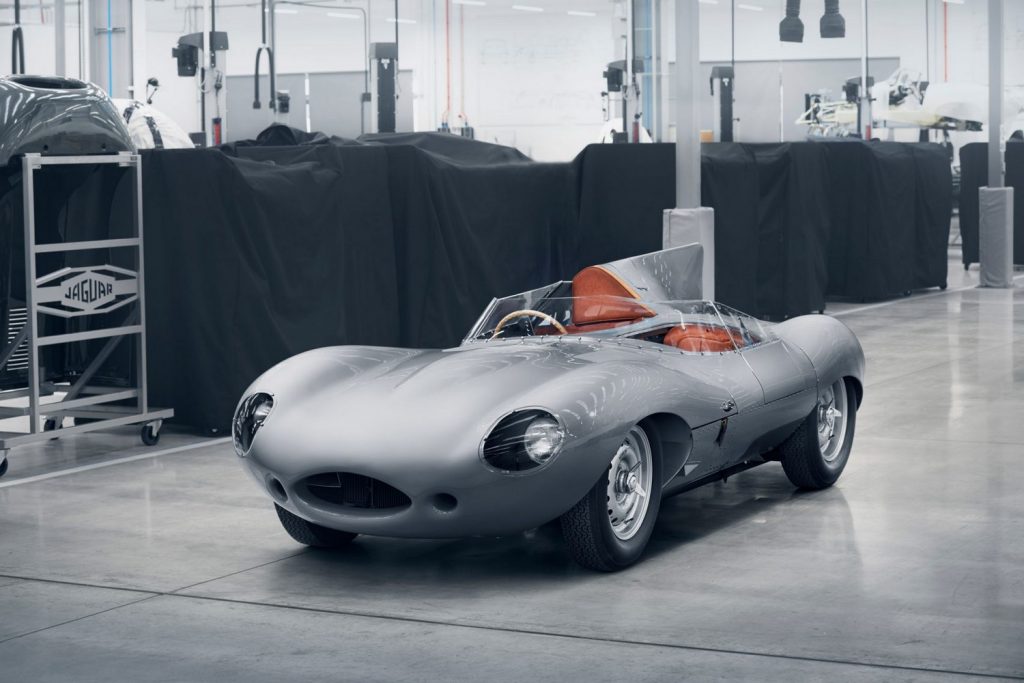
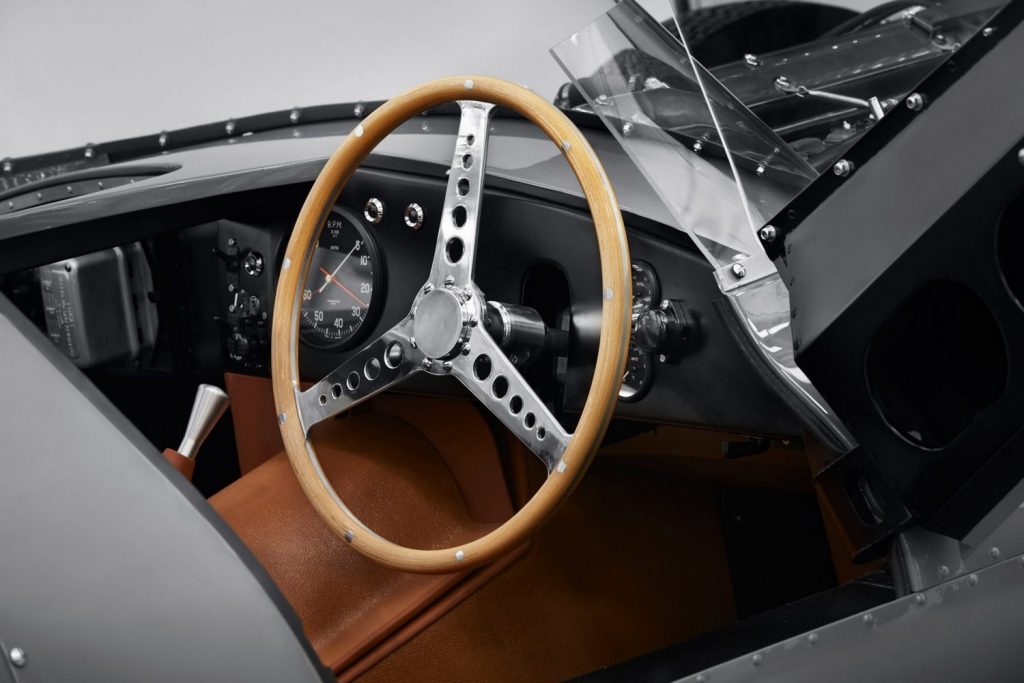
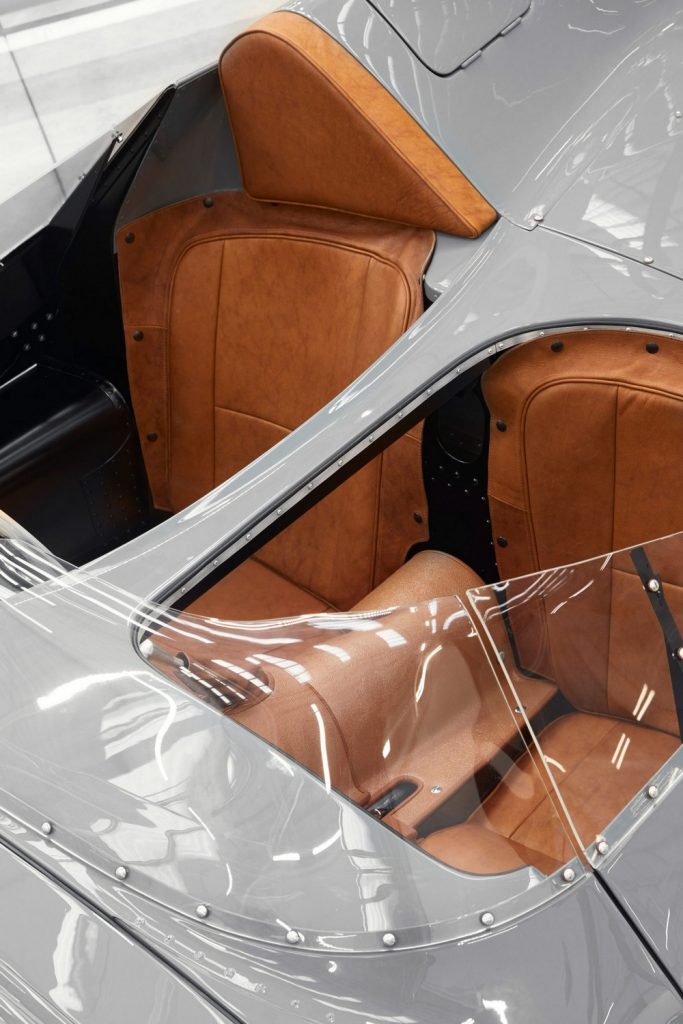

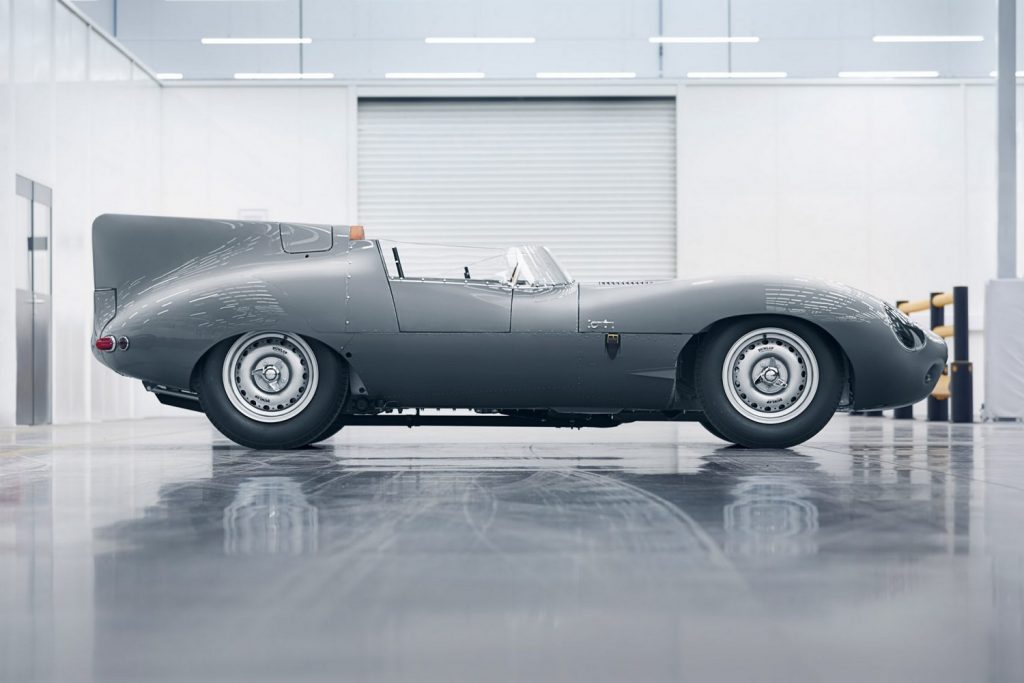
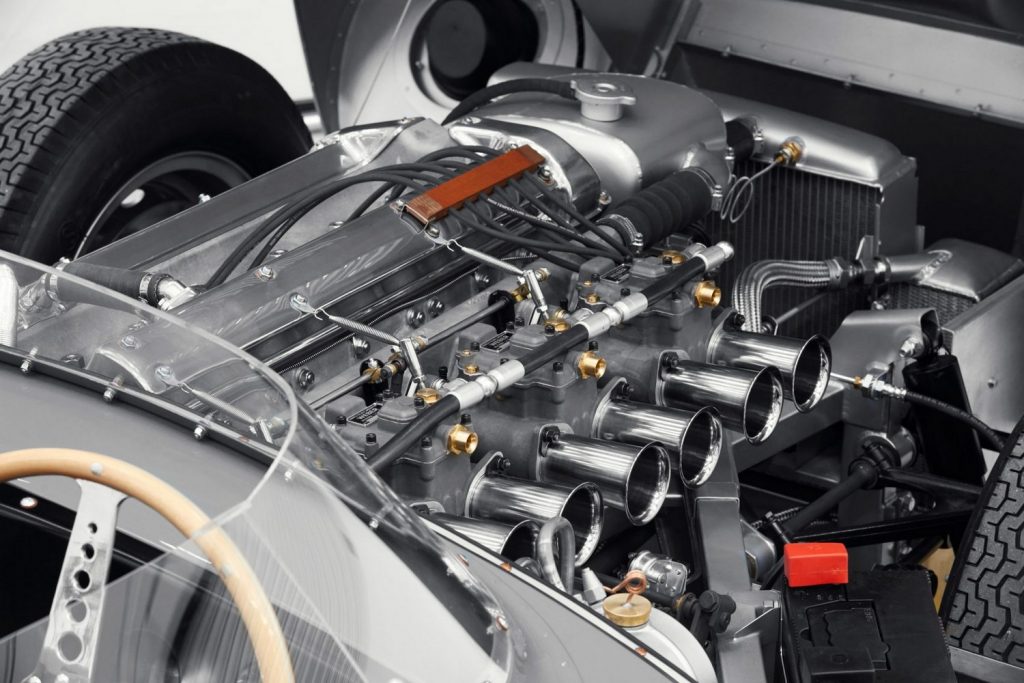
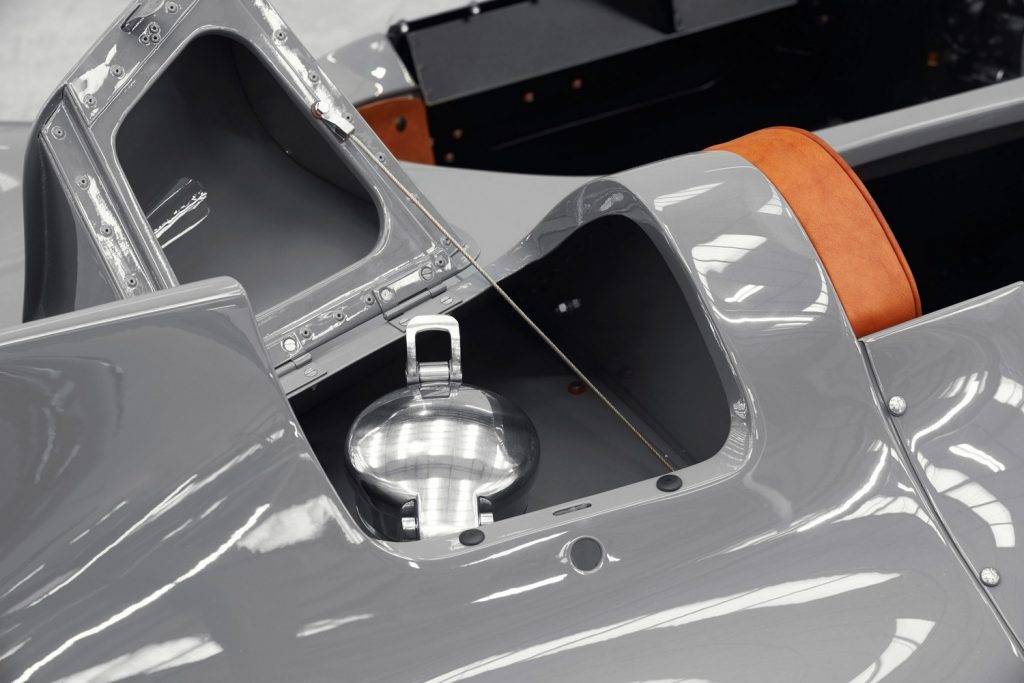
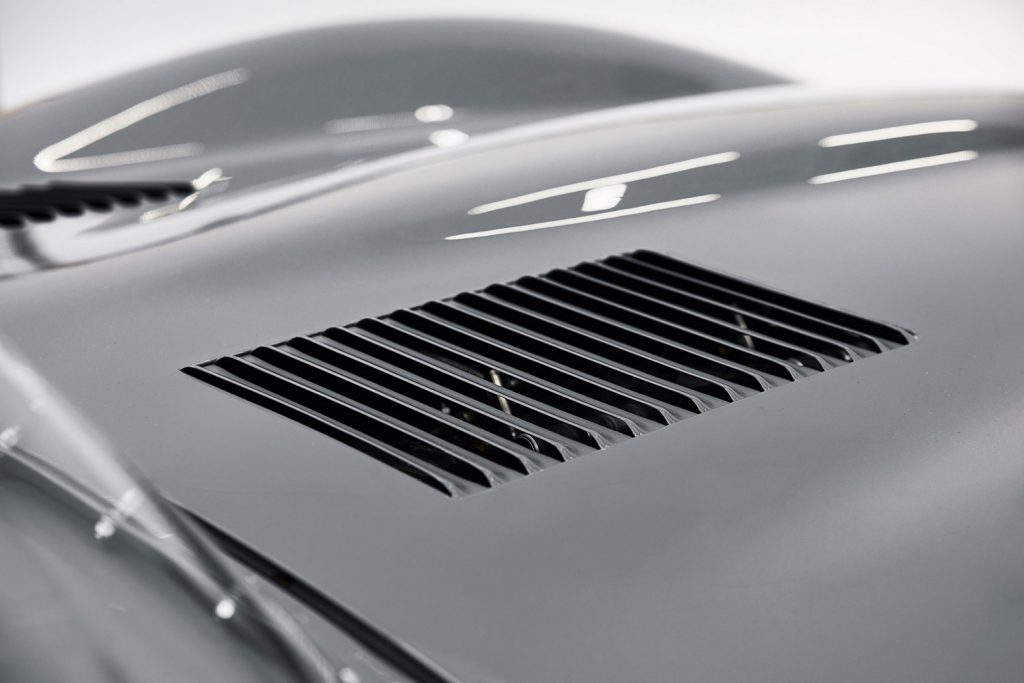
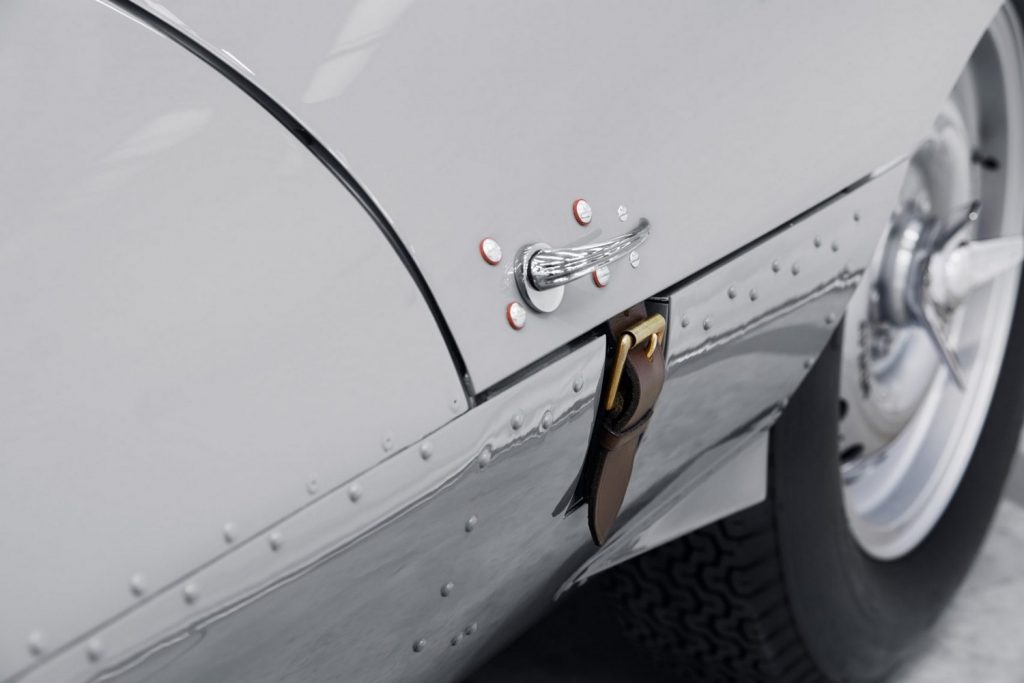
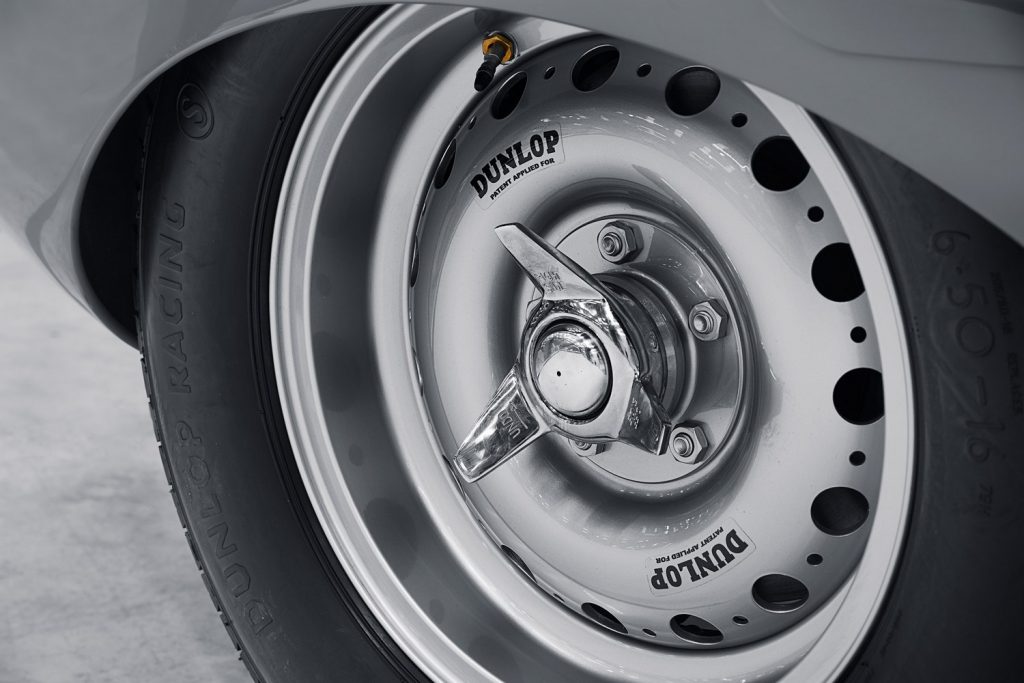

1 Comment
I have been a passenger of fabulous one-off Bertone coupé made of D elements of a crashed D in Le Mans race. The car was in the collection of president of French Jaguar’sdriver’s club Roland Urban no longer with us. It was such an experience on circuit of Croix-en-Ternois ( North of France) Jaguar, for my though, have made the two iconics race cars of fifties : C & D . By a large margin, more sophisticated and technically elaborated than Ferraris and Maseratis.